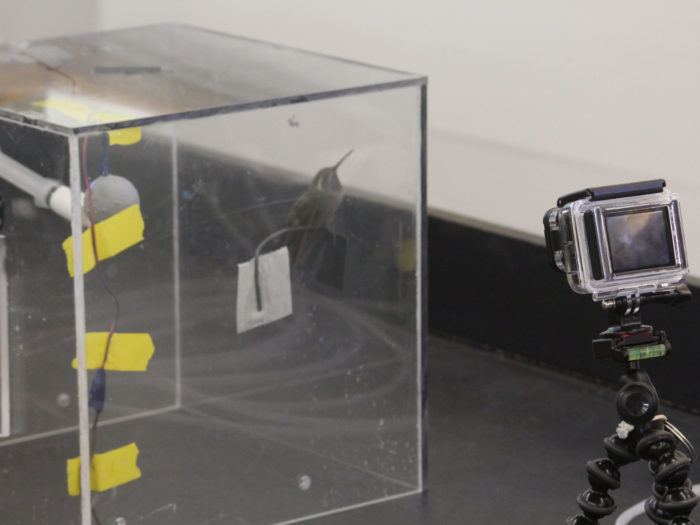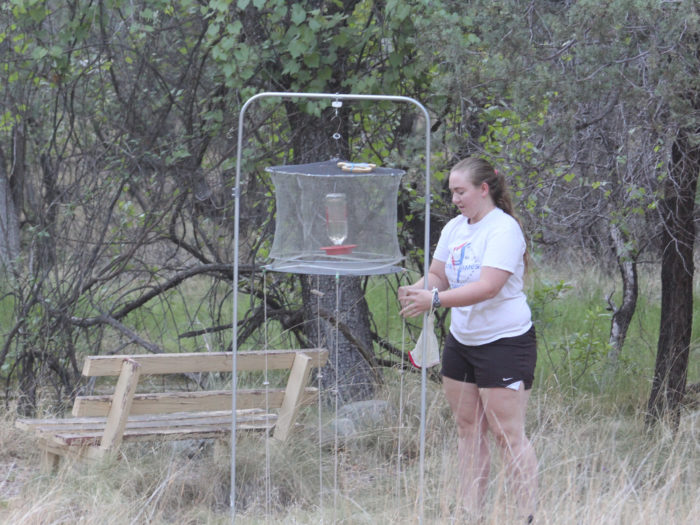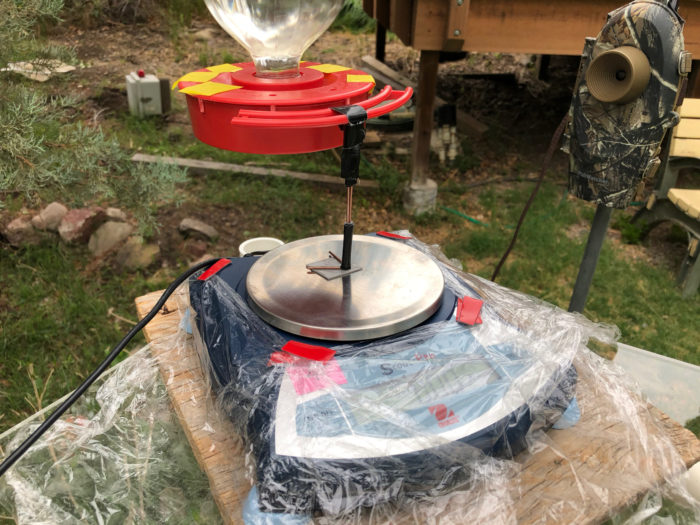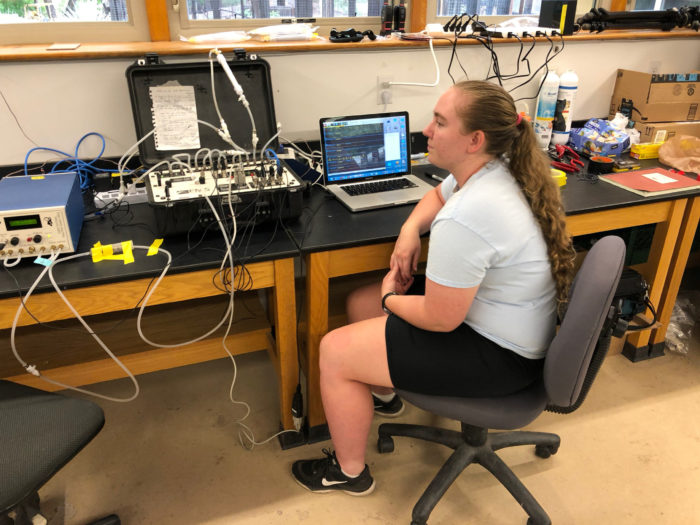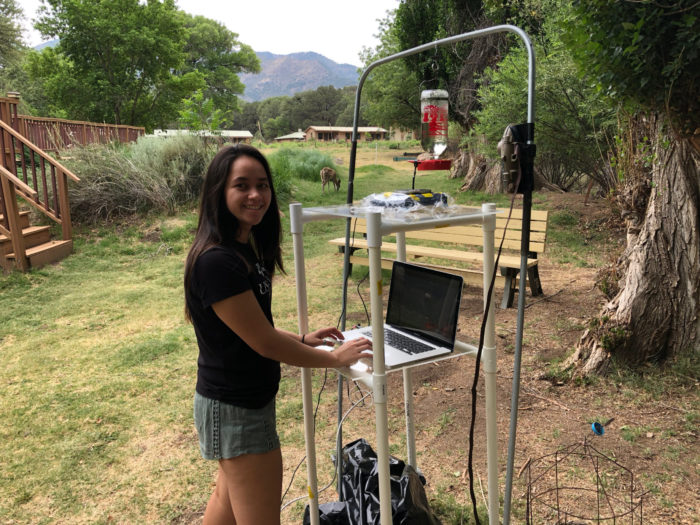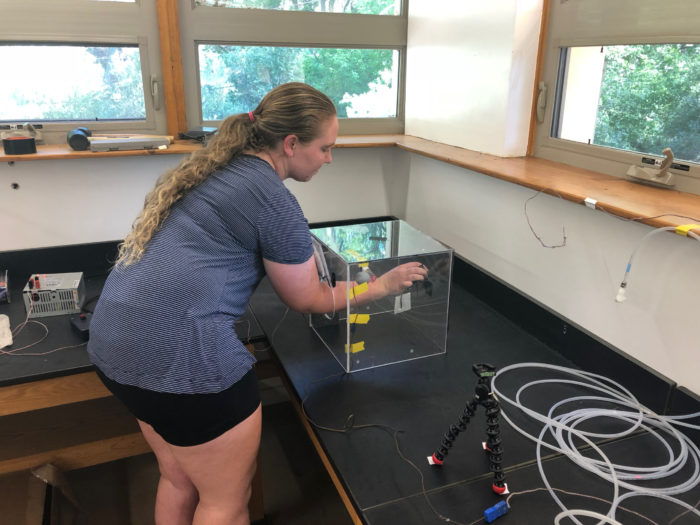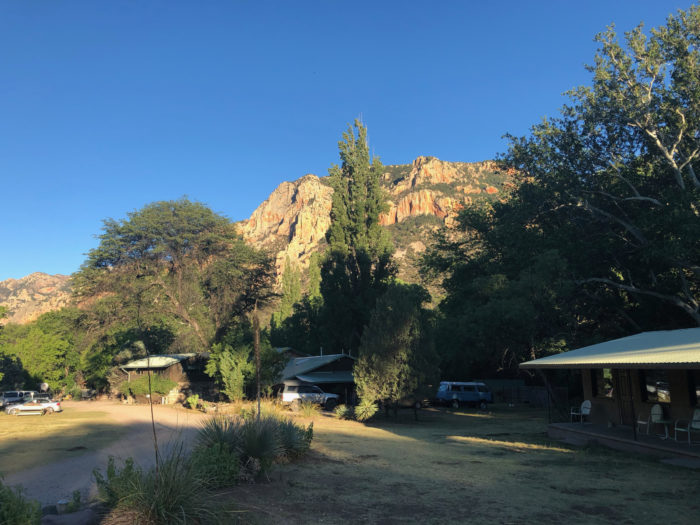The Powers lab collected data on hummingbirds for nearly a month at the Southwestern Research Station (SWRS) from the latter part of May to late June. Collectively we gathered data on nighttime body temperature management, daytime body mass management, and evaporative heat dissipation during hovering. Collaborator Anusha Shankar (Stony Brook University) and Sarah arrived two weeks before the rest of us to finish up measurements showing use of shallow torpor by hummingbirds. Once Don and Natalie arrived measurements of daytime body mass management and evaporative heat dissipation began. While the evaporation measurements were less successful than we hoped, we still ended our time at SWRS with tons of good data.
 Nature
Nature- Revised estimates of CO<sub>2</sub> sources and sinks improve global carbon accounting December 12, 2025
- Science sleuths raise concerns about scores of bioengineering papers December 12, 2025
- In praise of inefficiency, failure and friendship: ten galvanizing reads for this festive season December 12, 2025
 Science
Science AJP – Regulatory, Integrative and Comparative Physiology
AJP – Regulatory, Integrative and Comparative Physiology- Placental insufficiency disrupts cardiomyocyte ploidy and cell cycle fate in growth-restricted fetal sheep December 11, 2025
- On the complex nature of urine organic anions: at the interface of metabolism and acidosis December 9, 2025
- Sex differences in central salt sensing in the human brain December 9, 2025
Powers Lab Links


